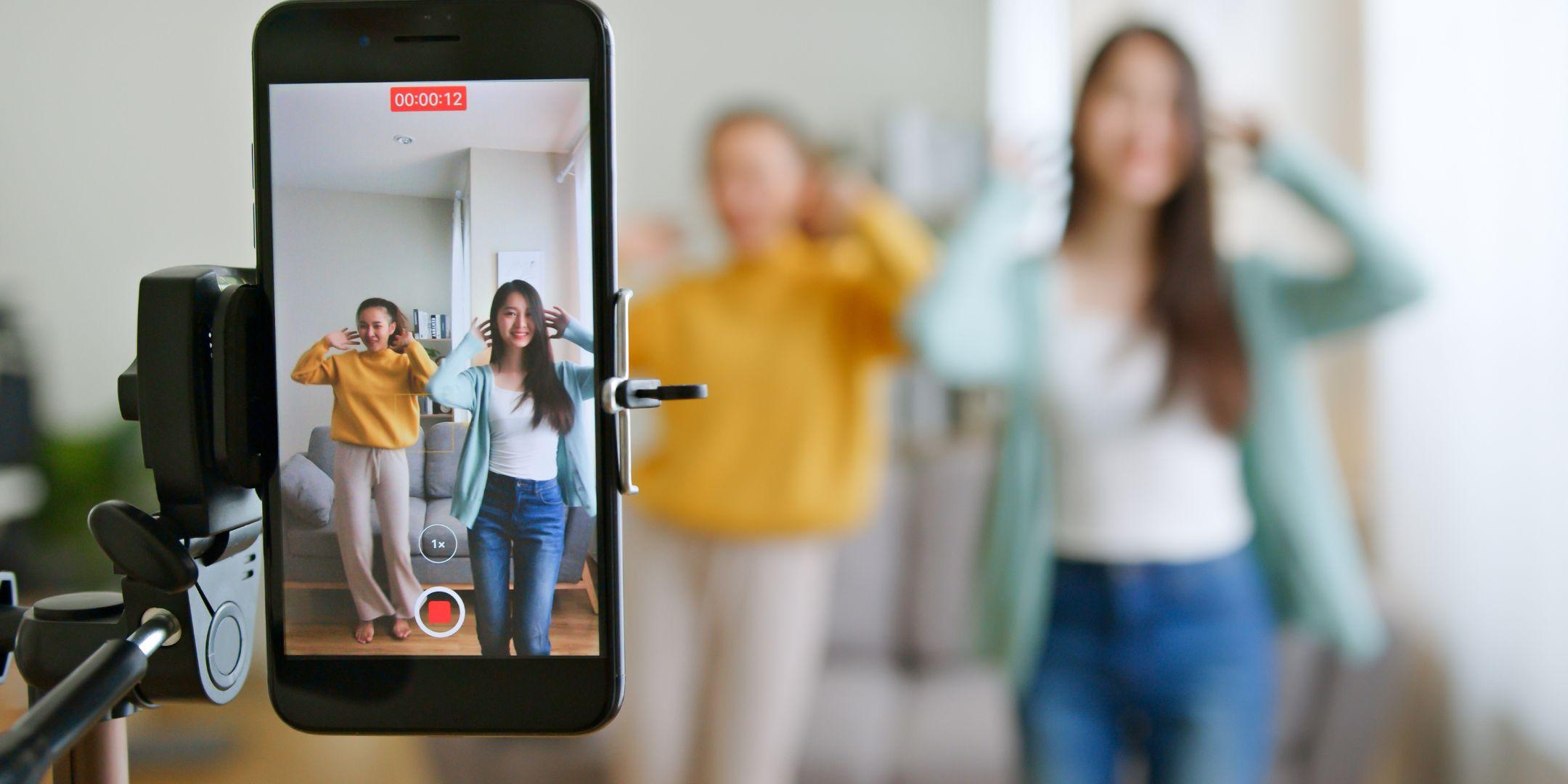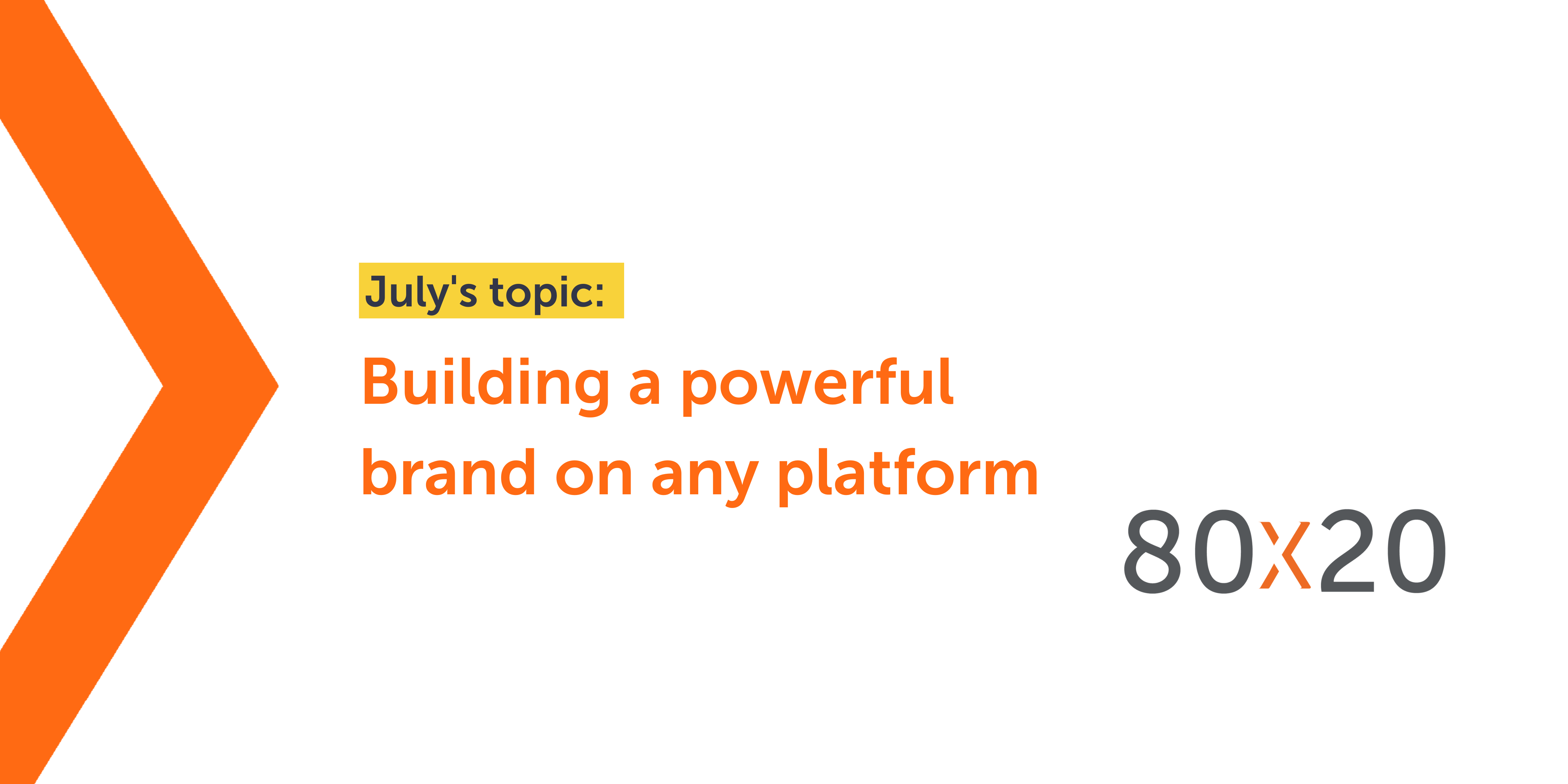For most businesses, driving traffic to your website isn’t the only challenge. What’s often more difficult is getting visitors to stay there, explore and get to know your business and what you have to offer.
If you’re anything like us, you’ll most likely be constantly reviewing your website’s bounce rate, user session times, sources of traffic and page views.
However, we’re going to let you into a secret we’ve discovered; it doesn’t have to be such a ball and chain task.
We know that a lot of our targeted traffic comes from LinkedIn so we decided to do our own investigations into how we capitalise on this…
The results
Using our simple hack, in just six months between May 2020 and October 2020, we’ve seen:
- A 54% decrease in bounce rate
- A 210% increase in pages viewed per session (from 1.44 to 4.47)
- A 1142% increase in average session time (from 26 seconds to 5 minutes, 23 seconds)
Now that we’ve done it and proven it works, we wanted to share our expertise with you so you can also benefit.
Firstly, let’s take a look at why bounce rates are so important and then we can dive into a closer look at how we achieved these results.
What is ‘bounce rate’?
It’s as simple as it sounds really, a bounce is when someone, whether an existing or prospective customer, visits your website and leaves without clicking on any other pages or completing a desired action, such as completing a form.
Therefore, your bounce rate is the percentage of website visitors who enter and exit on the same page, without any clicks to other pages.
Why is your bounce rate high?
There could be a number of reasons, one of which is the lack of enticing content on your landing page, or a disorganised layout.
User experience begins with your content – is it readable? Is there too much text? Text heavy content can scare readers away – so use bold, clear headlines and where appropriate bullet points.
Other reasons your bounce rate could be high:
- Too many pop ups – these can be distracting or off-putting
- No call to action – if it’s not clear what visitors need to do next, they’ll leave
- Lack of storytelling – you need to bring your brand to life through your site to entice the right type of customer to stay
- Old content – you need to keep content updated, fresh and relevant
- Marketing in the wrong place – if you’re attracting the wrong audience then of course they’re not going to stay on your site
- It’s not responsive – mobile usage makes up a huge part of website traffic now, so you need to ensure it’s optimised for this type of device.
- Slow page speed – make sure transitions from page to page are smooth, there’s nothing more frustrating than a slow website
So how did we do it?
As a B2B organisation, a proportion of our website traffic comes from LinkedIn, so that became our starting point for this experiment, and it took two very simple steps:
Firstly, we increased our activity on the channel. I started using LinkedIn more during lockdown to raise awareness of the business and drive more traffic to our website.
Secondly, and most importantly, and we can’t stress how simple this is, under the contact information on each team member’s profile, rather than linking to our website’s homepage, we directed people to that team member’s page on our website.
So on my LinkedIn page, rather than directing traffic to our homepage we now direct people to my specific profile page.
And with Danni, our social media marketer, we ensured her LinkedIn profile will now direct people to her personalised page on the Xpand website.
On each team members page we:
- outlined each team member’s core values in relation to their expertise
- provided a link to the service pages on our website associated with their skillset
- provided links to projects the team member has worked on
- provided a client testimonial from a client written specifically about that team member
- provided links to blog content written by that team member
So rather than taking the LinkedIn user to the generic home page, we gave them more information about the person they are connected with on LinkedIn in relation to the business.
People connect with people, and this the perfect way of creating a more personal user experience.
So why has this had such an impact?
We believe it’s down to the visitor’s journey to our website. Whilst they may want to know more about Xpand and what the company does, they likely connected to our website via one of the team’s personal LinkedIn profiles.
Therefore, it’s likely they’ve shown some interest in what that particular team member has said on LinkedIn or about what they do at Xpand, so that is their first port of call on the website.
We’ve found that, by understanding the visitor’s initial point of interest we’ve driven them to not only find out more about that team member but about the team as a whole and of course, Xpand, which is the overall goal.
Why not give it a try?
When you have an opportunity to share a website link in a public space, think about why users are clicking on it and what they’d be most interested to see at the other end?
And, if you get stuck, we’re here to help!


